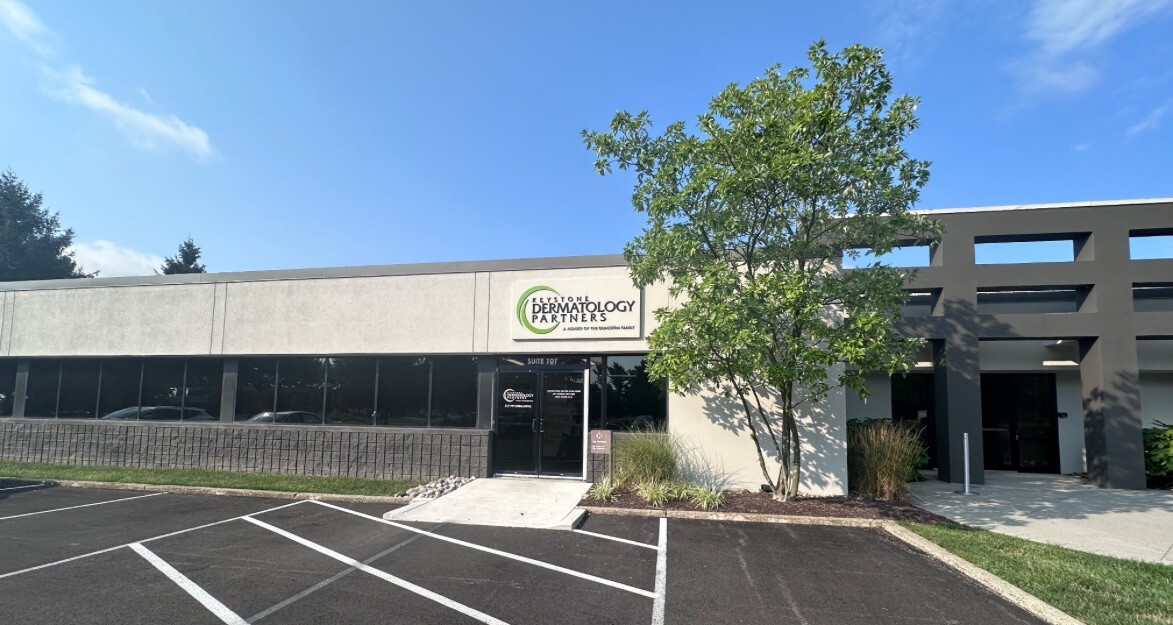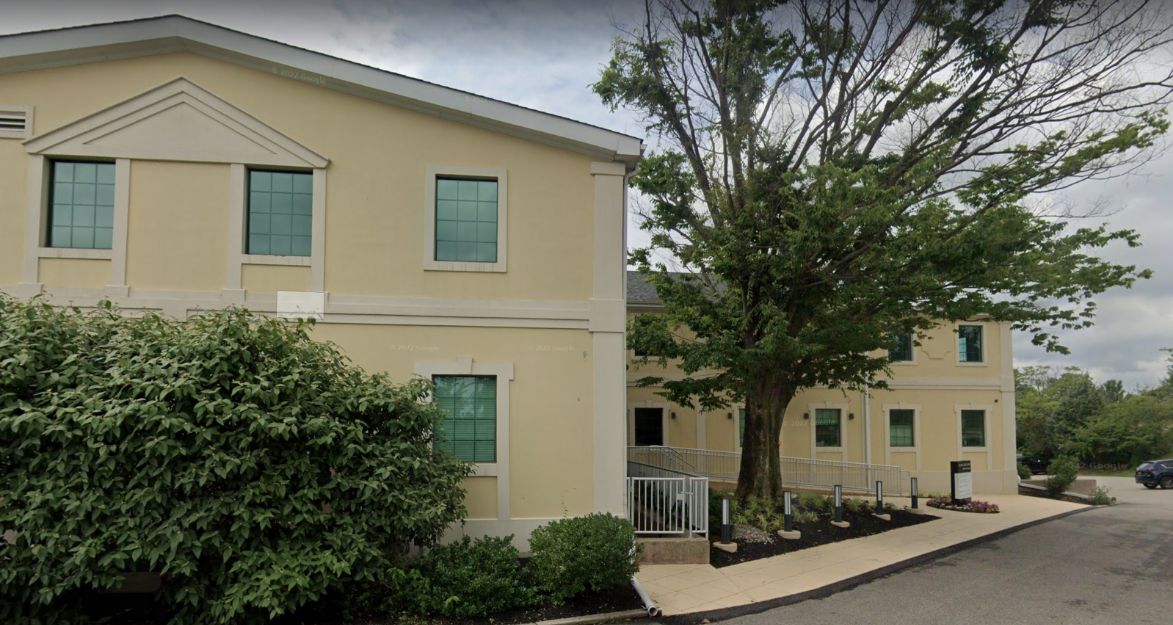Age Spots
Understanding and Managing Age Spots
Age spots, also referred to as liver spots or solar lentigines, commonly form on areas of the skin that have experienced repeated sun exposure, such as the face, hands, neck, scalp, and arms. While these spots are generally harmless, they can sometimes look similar to more serious conditions, like skin cancer. At Keystone Dermatology Partners, our experienced dermatology providers specialize in differentiating between benign age spots and potentially cancerous lesions, ensuring an accurate diagnosis and the right treatment recommendations.
It’s essential to have any new or changing spots on your skin examined by a professional to rule out skin cancer. Our dermatologists use the latest diagnostic tools to quickly identify and address any suspicious lesions, keeping your skin healthy.
Customized Age Spot Treatments at Keystone Dermatology Partners
When you schedule an appointment with our team at Keystone Dermatology Partners, we’ll create a personalized plan to treat your age spots. We offer a variety of options, such as topical creams, laser treatments, and cryotherapy, tailored to your unique skin type and needs.
Our main objective is to help you achieve clear, healthy skin while providing confidence and comfort through expert care and individualized treatment plans. Allow our skilled team to support you in maintaining your skin's health and appearance with the highest level of care.
Examples of Age Spots
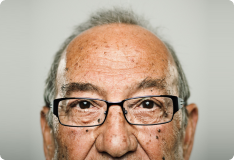
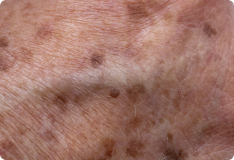
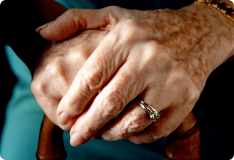
Symptoms of Age Spots
- Flat, Oval Shapes: Age spots are flat, oval-shaped areas of skin with no raised texture.
- Brown, Gray, or Black Color: Often appear in shades of brown, gray, or black.
- Small to Medium Size: Age spots can range in size from small to medium.
- Common Areas: They frequently occur on sun-exposed areas such as the face, hands, shoulders, and arms.
Causes of Age Spots
- Age spots are more likely to appear on people whose lifestyle exposes them to the sun.
- Over time, the skin loses its ability to repair itself after sun exposure and the spots appear.
Preventing Age Spots
Frequently Asked Questions: Age Spots
Age spots are generally harmless and not indicative of a serious medical condition. However, it's essential to differentiate age spots from other skin conditions, such as melanoma, which is a type of skin cancer. If you notice any changes in the appearance of your spots, including size, color, or irregular borders, or if they become itchy or bleed, it's crucial to consult with your dermatologist for evaluation.
Age spots do not typically fade naturally, but their appearance may be influenced by sun protection measures. Regular use of sunscreen and sun-protective measures can prevent the spots from darkening.
Age spots and freckles are distinct skin conditions. Freckles, also known as ephelides, are generally smaller, lighter in color, and often appear in individuals with fair skin. They are caused by an increase in melanin production and are usually genetic. Age spots, on the other hand, are larger, darker, and are associated with both aging and sun exposure.
While sun exposure is a primary factor in the development of age spots, they can also occur in areas not directly exposed to the sun. Other factors, such as genetics, can contribute to the formation of age spots.
Age spots are primarily caused by prolonged exposure to the sun's harmful ultraviolet (UV) rays. Over time, this exposure can lead to an accumulation of melanin, the pigment responsible for skin color. This excess melanin forms dark spots or patches on the skin, commonly appearing on areas frequently exposed to the sun, such as the face, hands, shoulders, and arms.
From Our QualDerm Family of Providers: What Are Age Spots?
Treatments for Age Spots
If one opts to treat age or sun spots, there are cosmetic options, including:
- Laser Therapy: Lasers can target pigment in age spots, breaking it down and allowing the body to naturally eliminate the discolored cells.
- Chemical Peels: A chemical solution is applied to the skin, causing it to peel and new, evenly pigmented skin to replace the old skin.
- Microdermabrasion: This procedure involves gently exfoliating the outer layer of skin, which can help reduce the appearance of age spots.
Featured Blogs
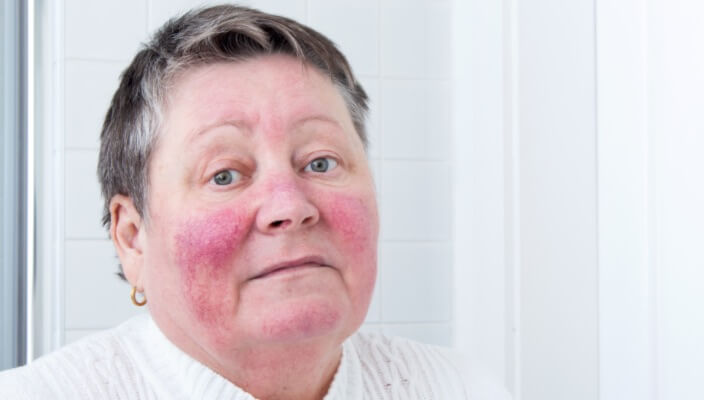
- General Dermatology
- Skin Care
Rosacea is a common skin condition characterized by facial redness and pimples. A recent study suggests that drinking caffeinated coffee may reduce the risk of developing rosacea, highlighting a potential benefit of coffee consumption.
Read More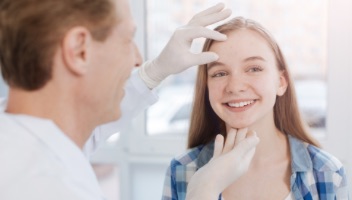
- General Dermatology
- Chronic Skin Conditions
Discover how a dermatologist father identified and managed molluscum contagiosum, a common and benign skin infection, after noticing skin-colored bumps on his son.
Read More
- General Dermatology
Almost everyone experiences itchy skin at some point. Read this blog to learn how a dermatologist can help.
Read More
